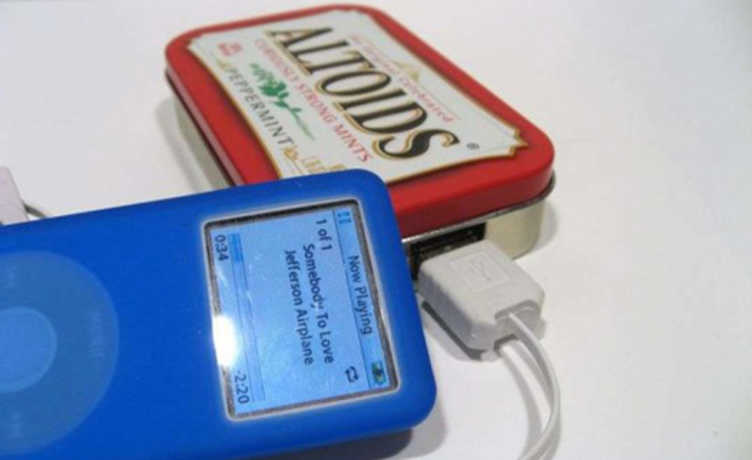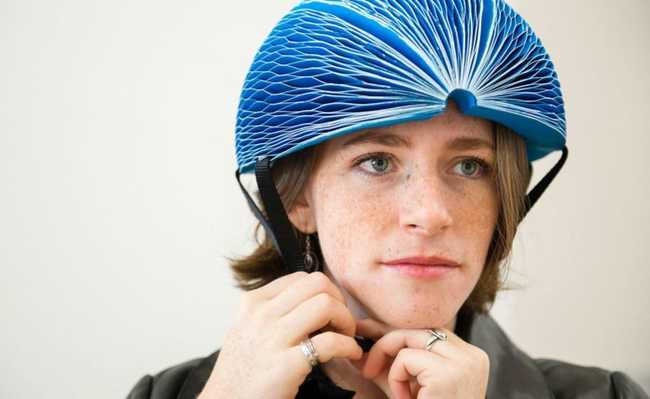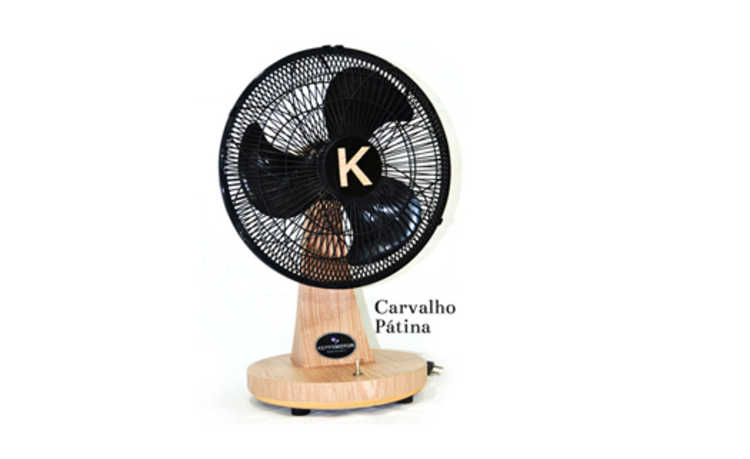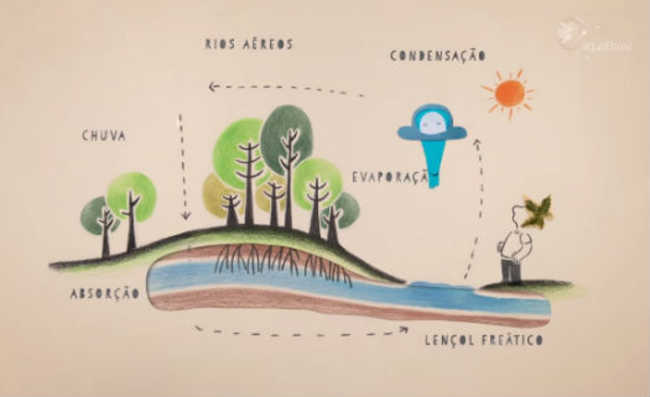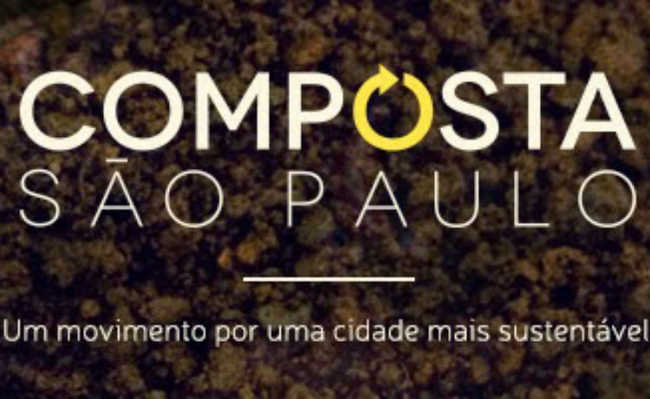Triclocarban: indiscriminate use only brings harm
Despite being in cosmetics, the substance can appear in food and drinking water

Do you know what triclocarban is? Like triclosan, triclocarban also known by the acronym TCC, is an antibacterial widely used in cosmetics. We can find this component in bar soaps (bacterial soaps), liquid soaps for hand washing or for the body, in deodorants (spray,roll-on or stick), in shampoos, shaving creams and also in cleaning products.
As triclocarban is antibacterial, it has the function of preserving the cosmetic product from the proliferation of microorganisms, as well as eliminating bacteria from our body. The indiscriminate use of cosmetics with an antibacterial function can lead to consequences such as bacterial resistance and prevent the growth of bacteria considered beneficial to us (learn more: "Triclosan: undesirable omnipresence").
Name on packages
Triclocarban can have various names on product labels - here are some you can find: Preventol SB, Cutisan, Solubacter, Trilocarban, Triclocarban, 3,4,4'-TRICHLOROCARBANILIDE, Trichlocarban, Triclocarbanum, Cusiter, Genoface, Procutene, TCC, 3,4,4'-Trichlorodiphenylurea, 1-(4-Chlorophenyl)-3 -(3,4-dichlorophenyl)urea, Carbanilide, Septivon-Lavril, Trichloro carbanilide, Urea-based compound, 11.
Health and environmental effects
In addition to the problem involving bacterial resistance represented in the image, triclocarban has a high potential to bioaccumulate in living beings. Thus, triclocarban becomes toxic to aquatic beings, as well as reaching humans through the food chain, that is, we can ingest triclocarban in addition to having contact with the substance through the cosmetics we apply to the skin .
Triclocarban is among the numerous substances that make up domestic sewage, also called domestic wastewater, when undergoing treatment at Sewage Treatment Stations (ETE). According to a study, triclocarban can remain in the sludge used in the water cleaning process and then contaminate the treated water that will return to consumption. According to another study, the presence of triclosan was detected in treated water.
Experiments performed with oral exposure to triclocarban in animals indicated changes in blood chemistry, anemia, liver and spleen enlargement. Other studies also point out that triclocarban can induce hormonal imbalances, such as thyroid problems, as well as reproductive and developmental problems. In the latter, the greatest attention must be given to children. As they have a smaller body area, the health effects can be larger and more severe.
National and international regulation
The National Health Surveillance Agency (ANVISA) includes triclocarban in the list of substances that personal care products and cosmetics should not have, with some exceptions. Triclocarban can be present in products intended to be rinsed at a maximum concentration in the final product of 1.5%. For European Union countries, the maximum permitted concentration of triclocarban that is not exerting an antibacterial function and that is used for rinsing is 1.5%. With antibacterial function in cosmetics, the maximum concentration should be 0.2%.
Alternatives
Do not use antibacterial products unnecessarily. Always check the information on labels to avoid buying products that contain triclocarban and triclosan, especially if they are for children. Products (see some here, here, and here) that do not contain triclocarban and triclosan use natural antibacterials, such as the essential oils of rosemary, field rosemary, cherry, cloves, chamomile and cinnamon.
Another less aggressive substance you can look for on product labels is humestone, also known as potassium alum. It is widely used in water purification processes and cosmetic applications, acting as an antiseptic and healing agent. Baking soda is also another alternative, which can be used for hygiene and cleaning purposes (learn more here).

